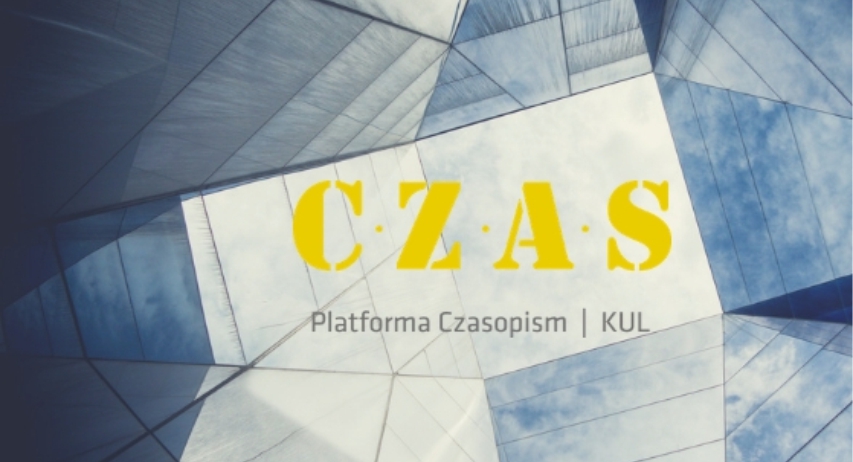Critical Discourse Analysis of RT news headlines on Venezuela’s post-coup crisis in 2019-2020
Abstract
This article researches the biased content of the propagandistic channel RT through the prism of Critical Discourse Analysis (CDA). It attempts to uncover the linguistic means of creating biased content in RT headlines that cover the Venezuela’s post-coup crisis of 2019-2020. It offers a CDA approach to the systemic bias in the headlines of 375 news stories featured on one of the most tendentious webcasters, the Russian state news provider RT. The current CDA focuses on presuppositions and implicatures, back- and fore-grounding, agency, lexis, punctuation, and briefly on other figurative linguistic means in the headlines and traces their relative recurrence that might form a pattern.
Keywords:
CDA, headlines, presuppositions, implicatures, agency, biasReferences
Alterman. E. 2003. What liberal media? The truth about Bias and the news. New York: Basic Books.
Anstrate, V. 2020. Kremlin propaganda channel "RT" banned in Latvia. Public Broadcasting of Latvia. April 2020. https://eng.lsm.lv/article/politics/politics/
Brown, R. 2022. Study RT as propaganda — don’t ban it. June, 2023. https://thecritic.co.uk/study-rt-as-propaganda/
Carter, E. and Carter, B. 2021. Questioning More: RT, Outward-Facing Propaganda, and the Post-West World Order. June, 2023. https://www.researchgate.net/publication/ (Crossref)
Christopher, P. and M. Matthews 2016. The Russian "Firehose of Falsehood" Propaganda Model. June, 2023. https://www.rand.org/pubs/perspectives/PE198.html
Crilley, R., Gillespie, M., Vidgen, B. and W. Alistair 2022. Understanding RT’s Audiences: Exposure Not Endorsement for Twitter Followers of Russian State-Sponsored Media. The International Journal of Press/Politics 27(1): 220–242. https://oro.open.ac.uk/74257/1/1940161220980692.pdf June, 2023) (Crossref)
Dean, B. 2020. Here's What We Learnt About Content Marketing. May 2020. https://backlinko.com/content-study
Develotte, C. and Rechniewski, E. 2001. Discourse Analysis of Newspaper Headlines: A methodological framework for research into national representations. The Web Journal of French Media Studies 4: 1-12.
Dowling, T. 2017. 24-hour Putin people: my week watching Kremlin ‘propaganda channel’ RT. April 2020. https://www.theguardian.com/media/2017/nov/29/
Elswah, M. and Howard, Ph. 2020. “Anything that Causes Chaos”: The Organizational Behavior of Russia Today (RT). Dec. 2020. https://academic.oup.com/joc/article/70/5/623/5912109 (Crossref)
Erdinast-Vulcan, D. 2013. Between philosophy and literature: Bakhtin and the question of the subject. Stanford, California: Stanford University Press:
Erickson, A. 2017. If Russia Today is Moscow’s propaganda arm, it’s not very good at its job. April 2020. https://www.washingtonpost.com/news/worldviews/wp/2017/01/12/
Fairclough, N. 1994. Conversationalization of Public Discourse and the Authority of the Consumer. In R. Kent, N. Whiteley and N. Abercrombie (eds.), The Authority of the Consumer, 253–68. London, New York: Routledge.
Fairclough, N. 1995. Media Discourse. London: Arnold.
Fowler, R. 1991. Language in the News Discourse and Ideology in the Press. New York: Routledge.
Fowler, R., Kress, G., Trew, A., and R. Hodge 1979. Language and Control. London: Routledge.
Gilbert, G. and Mulkay, M. 1984. Opening Pandora’s Box. A sociological analysis of scientists' discourse. Cambridge: Cambridge University Press.
Glader, P. 2017. 10 journalism brands where you will find real facts. April 2020. https://www.forbes.com/sites/berlinschoolofcreativeleadership/2017/02/01/
Guillermo, B. 2010. N. Scott Momaday’s Native American ideology in “House made of dawn” (1968): Stylolinguistic analyses of defamiliarization in contemporary American Indian literature. New York: The Edwin Mellen Press.
Halas, A. 2017. Propaganda Multimodal Discourse through the Lens of Epistemic Model. Language and Society. Issue 8. 56–68.
Halliday, M. A. K. 1971. Linguistic Function and Literary Style: An enquiry into the language of William Golding’s ‘The Inheritors’. In S. Chatman (ed.), Literary Style: A Symposium. 362-400. New York: Oxford University Press.
Hodge, R. and Kress, G. 1988. Social Semiotics. New York: Cornell University Press.
Holitsyna, N. 2015. U poshukakh putinskykh hroshei. (“In search of Putin’s riches”) Наталія Голіцина. У пошуках путінських грошей. Nov. 2020. https://www.svoboda.org/a/26900932.html
Jeffries, L. 2010. Critical Stylistics. The Power of English. New York: Palgrave Macmillan. (Crossref)
Kevan, L. 2014. The Ideal Length of Everything Online, Backed by Research. February 2022. https://buffer.com/library/
Konnikova, M. 2020. How Headlines Change the Way We Think. Dec. 2020. https://www.newyorker.com/science/maria-konnikova/
Levinson, S. 1983. Pragmatics. Cambridge: Cambridge University Press.
Lomas, N. 2022. EU confirms ban on Kremlin-backed media is expected to cover online platforms. June, 2023. https://techcrunch.com/2022/02/28/eu-rt-ban-extends-online/
Marinakos, C. 2020. Long or Short: Which Headlines Are Better? May 2020. https://bettermarketing.pub/long-or-short-which-headlines-are-better-9752063361ff
Matsa, K. E. 2018. Across Western Europe, public news media are widely used and trusted sources of news. April 2020. https://www.pewresearch.org/fact-tank/2018/06/08/
Philo, G. and Berry, M. 2004. Bad News from Israel. London: Glasgow University Media Group, Pluto Press.
Polmar, N. 2012. The Soviet Navy’s Caribbean Outpost. June, 2023. https://news.usni.org/2012/10/24/soviet-navys-caribbean-outpost
Reidy, P. 2022. Russia Today is not alternative news: it is propaganda. June, 2023. http://littleatoms.com/russia-today-piers-robinson
RT and Sputnik: 5 facts to know (2022). https://share.america.gov/rt-and-sputnik-5-facts-to-know/ June, 2023)
RT bias. 2022 Feb. 2022 Review: AllSides Rates RT Lean Right. June, 2023. https://www.allsides.com/news-source/rt#articles
RT News Bias and Reliability. 2023. https://adfontesmedia.com/rt-news-bias-and-reliability/
RT Newsfeed (miscellaneous). Question More. April 2019 – Dec. 2022. https://www.rt.com/
RT Newsfeed. Russia & Former Soviet Union. Question More. April – Dec. 2020 https://www.rt.com/russia/.
Sai-Hua Kuo 2007. Social change and discursive change: analyzing conversationalization of media discourse in Taiwan. Nov. 2020. https://www.jstor.org/stable/24049457
Scott, M. 2020. Inside Russia’s state-media propaganda machine. Dec. 2020. https://www.politico.eu/article/russia-propaganda-disinformation-rt/)
Tannen, D. 1987. Conversational Style. In H. W. Dechert and M. Raupach (eds.), Psycholinguistic Models of Production, 251-267. Norwood, NJ: Ablex.
Text analyzer. https://www.online-utility.org/text/analyzer.jsp, https://wordcounter.net/
van Dijk, T. 1989. How “They” Hit the Headlines. Ethnic Minorities in the Press. In G. Smitherman and Teun A. van Dijk (eds.), Discourse and Discrimination, 221-262. Detroit: Wayne State University Press.
van Dijk, T. 2008. Discourse and Power. New York: Palgrave MacMillan. (Crossref)
van Leeuwen, Th. 2008. Discourse and Practice. Oxford: Oxford University Press. (Crossref)
Watson, A. 2021. Ranking of digital news sources by impartiality in the UK 2021. Sept. 2022. https://www.statista.com/statistics/267576/
Ukrainian Catholic University, Lviv https://orcid.org/0000-0001-6670-7867







